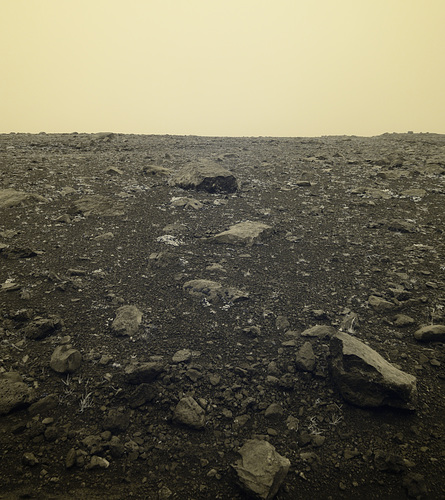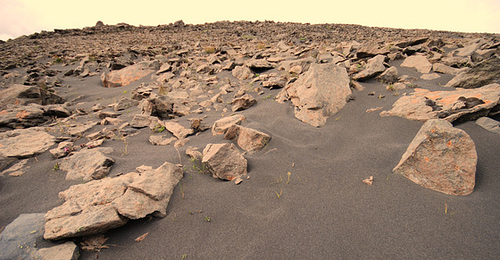I see things like this and wonder, wouldn’t we be better off just sending people there and figuring it out directly?
Maybe we’ll actually get some hardware out of this program. Maybe some of that hardware will even make it to the moon. But this kind of thinking makes me believe it’s more “exploration paralysis”: endless farting around with robotic projects justified as gathering important data and proving out essential technologies we need before we can even think about building colonies.
Imagine the mid-1500s British equivalent…
- Ye novel dowsing system to detect water up to one-halfe fathom beneath the surface.
- Ye extra-pointy shovele, developed by His Majesty’s Agricultural Implement Purveyors, to collect samples of soile.
- Ye balance of high sensitivitye, for to measure finer minerales inside the soile, to determine if the ground can be used for croppes and husbandrye.
- Ye Trained Royale Observer, who will (in part) evaluate clods turned by the shovele’s application.
…endlessly gathering knowledge about the east coast of North America in support of potentially maybe someday possibly thinking about determining whether colonists could eventually be sent.
We’d all be speaking Dutch today.
The thing about robotic exploration as a precursor to human colonization is that, because the former is safer/lower-risk than the latter, there will be endless justifications found for why we don’t know enough yet to send people.


